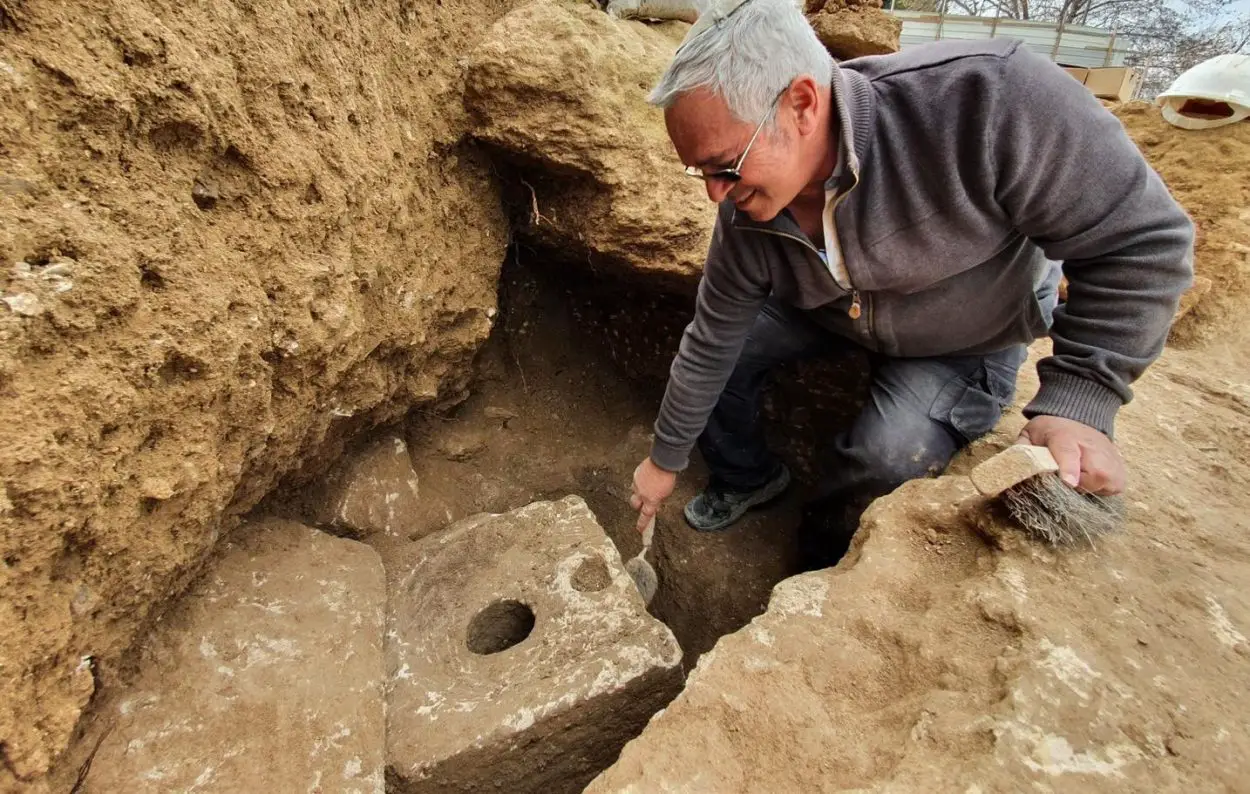Researchers studying an ancient toilet in Jerusalem from the 7th century BC have revealed how society elite suffered from infectious diseases and worms.
The study, now published in the International Journal of Palaeopathology was conducted by the Israel Antiquities Authority and Tel Aviv University, who exposed the remains of 2,700-year-old intestinal worm eggs below the stone toilet in a cesspit.
The eggs belong to the four different types of intestinal parasites: roundworm, tapeworm, whipworm, and pinworm.
Dr Dafna Langgut of Tel Aviv University and the Steinhardt Museum of Natural History said: “These are durable eggs, and under the special conditions provided by the cesspit they survived for nearly 2,700 years. Intestinal worms are parasites that cause symptoms like abdominal pain, nausea, diarrhoea, and itching. Some of them are especially dangerous for children and can lead to malnutrition, developmental delays, nervous system damage, and, in extreme cases, even death.”
Dr. Langgut believes that intestinal disease at the time might have been due to poor sanitary conditions that caused faecal contamination of food and drinking water. Other possible sources of infection were the use of human faeces to fertilise field crops and the consumption of improperly cooked beef or pork.
In the absence of medicine, recovery from intestinal worms was difficult to impossible, and those infected could suffer from the parasites for the rest of their lives. Langgut points out that these parasites still exist today, but the modern Western world has developed effective diagnostic means and medications to prevent an epidemic.
Ya’akov Billig of the Israel Antiquities Authority explained that the toilet was excavated in a 7th century estate from the First Temple Period. The structure is decorated with stone capitals (in the Proto-Aeolian style), adjacent to a garden with the remains of fruit and ornamental trees.
Header Image Credit : Israel Antiques Authority





